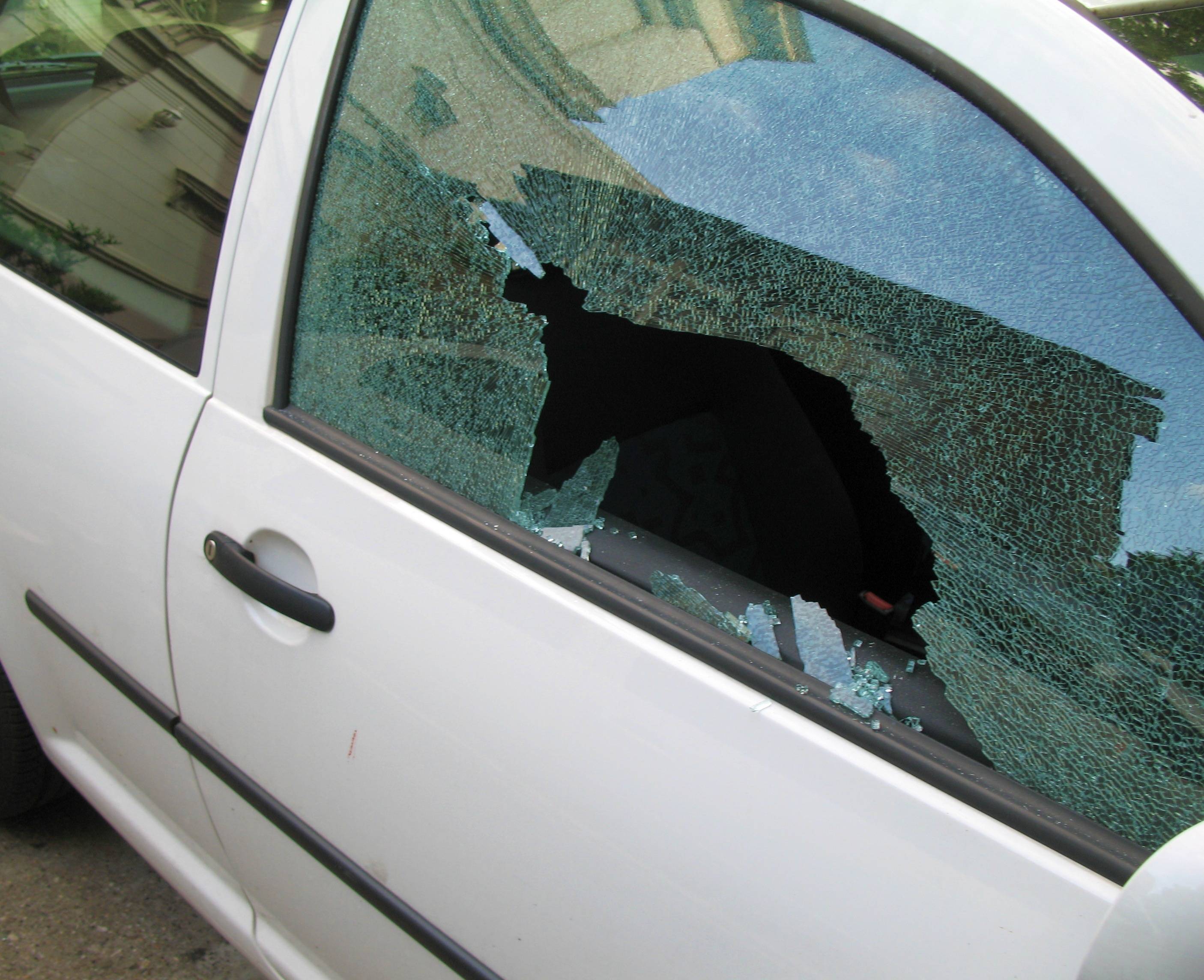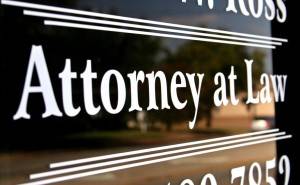Auto Burglary – California Penal Code 459 PC

Auto burglary is defined under California Penal Code 459 as entering any vehicle when there is evidence of forced entry, with the intent to commit grand or petty larceny or any felony. Thus, if you are charged with auto burglary, you can also be charged with grand or petty larceny or any felony crime.
Key Terms Defined Under California Auto Burglary Law
Vehicle – Under the California Vehicle Code 670, a vehicle is defined as a device by which any person or property may be propelled, moved, or drawn upon a highway, except a device moved exclusively by human power or used exclusively upon stationary rails or tracks. Automobiles, trucks, motorcycles, electric cars, and other devices applicable to this definition are considered vehicles for purposes of California law. Bicycles, train cars, scooters, skateboards, and other non-motorized devices which are not allowed on highways are not considered vehicles.
Locked – Under California law, a vehicle is locked when there is evidence of forced entry. Thus, there must be evidence of forced entry for an act to be considered auto burglary.
Grand larceny – Under the California Penal Code Section 487, grand larceny (or grand theft) is committed when the money, labor, or real or personal property taken is of a value exceeding $950. Grand larceny is also committed when the property taken is an automobile (see PC 487(d)(1)). If you enter a vehicle with the intent to steal it, you may be charged with grand larceny in addition to auto burglary.
Petty larceny – Under PC 490, petty larceny (or petty theft) is generally when the value of the money, labor, real or personal property taken does not exceed $950. If you enter a vehicle with the intent to steal a wallet with up to $950 inside it, you may be charged with petty larceny in addition to auto burglary.
Other Offenses Related to Auto Burglary

Looting. If you are arrested for auto burglary during a state of emergency, you can be charged with the crime of looting. Under California Penal Code 463, looting is defined as violating PC 459 during an earthquake, flood, riot, or other natural or man-made disaster. Looting is deemed a more severe criminal offense than burglary due to the circumstances surrounding the act. If you are convicted of looting, you face a sentence from 364 days to three years in county jail.
Attempted Burglary. Under PC 663, if you do not satisfy all of the elements of burglary, you may still be charged with attempted burglary if you had criminal intent (for example, if you were unable to enter into a locked vehicle as a result of the car alarm setting off).
Tampering With a Vehicle. Under the California Vehicle Code 10852, you may be charged with tampering with a vehicle if you willfully injure or tamper with any vehicle or the contents thereof or break or remove any part of a vehicle without the consent of the owner. For example, if you purposely slash the tires of another person’s vehicle without their permission, you may be convicted of tampering with a vehicle. Stealing headlamps, windshield wipers, or hubcaps on a vehicle can be considered an act of theft, auto tampering, and/or vandalism.
Penalties for Auto Burglary (PC 459)
PC 460(b) defines auto burglary as burglary of the second degree, which can be charged as a misdemeanor or felony. Pursuant to PC 461(b), if you are convicted of misdemeanor second degree burglary, you may be punished by imprisonment in county jail for a maximum of 364 days. However, if you are convicted of felony second degree burglary, you face a sentence of 16 months, two or three years in county jail (see PC 1170(h)).
How is Auto Burglary Prosecuted?
If you are charged with auto burglary under PC 459, the prosecution must prove several elements in order to convict you of this crime. In order to convict you of auto burglary, the prosecution must prove the following beyond a reasonable doubt:
- You entered a locked vehicle; AND
- When you entered the locked vehicle, you intended to commit theft or one or more felonies.
Even if you were unable to successfully steal the vehicle or commit another felony after entering the vehicle, you may still be found guilty if a jury finds that you had the intent to do so.
Defenses to Auto Burglary

If you are charged with auto burglary, an experienced attorney may be able to raise several successful defenses on your behalf. Some of these include:
- No intent. The prosecution must prove that you had intent to commit theft or other felonies. A skilled attorney may be able to show that you had no intent to commit these crimes. For example, perhaps you locked your keys in the car and a police officer caught you trying to get into your car, but did not believe you when you said it was your car.
- The vehicle was unlocked. If you entered someone else’s vehicle with felonious intent, auto burglary does not occur if the doors are unlocked. For example, if you entered the car via windows which were left open, forced entry is not established and you cannot be charged with auto burglary. However, you could be charged with theft of items in the car or grand theft of an automobile.
- Consent. If you had the permission of the owner to enter into their locked vehicle despite having the intent to commit a crime, auto burglary did not occur.
- Insufficient evidence. A skilled attorney will be able to challenge the evidence that is presented in your case. If there are inconsistencies or other weaknesses in the prosecution’s case, you may have a plausible defense.
- Duress or Threats. If someone threatened your life or the life of your loved ones to commit auto burglary, you have acted out of duress and may not be charged with the crime. For example, if someone held a gun to your head and ordered you to break a car window and steal items inside, you would have a valid defense.
- False identification. If you did not commit this crime and you were falsely identified as the perpetrator of this crime, you should not be convicted of auto burglary.
Frequently Asked Questions on Auto Burglary
1. Does entry into a motor home, RV, or trailer qualify as auto burglary?
Yes, if it is locked and you have felonious intent. It is also important to note that breaking into motor vehicles is considered a more severe crime and burglary in the first degree.
2. What is considered a “locked” vehicle for purposes of auto burglary?
A vehicle is locked if it has interlinking or interlacing parts such that some force is required to break the seal to permit entry. For example, if chains are wrapped around a trailer home’s unlocked doors without the use of a padlock it is not considered locked because the vehicle can still be accessed without force.
3. If the automobile has a defect that prevents it from locking correctly, is it still considered locked?
Yes, if a vehicle has lockable doors but a broken lock that prevents the car from being locked, it is considered locked for purposes of prosecuting auto burglary.
4. If I entered into someone else’s locked vehicle but just sat inside and did not steal anything, have I committed auto burglary?
To qualify as auto burglary, you must have entered the vehicle with felonious intent. Depending on the circumstances, merely breaking into a vehicle may qualify as tampering with a vehicle or trespassing.
Wallin & Klarich Can Help

Facing charges of auto burglary can be very stressful. If you are accused of auto burglary, contact our experienced attorneys at Wallin & Klarich. Wallin & Klarich has over 40 years of experience successfully defending those charged with auto burglary. If you have been charged with auto burglary, you need to speak to one of our skilled attorneys today.
With offices in Los Angeles, Sherman Oaks, Torrance, Orange County, San Diego, Riverside, San Bernardino, Ventura, West Covina and Victorville, there is an experienced Wallin & Klarich criminal defense attorney available to help you no matter where you work or live.
Call us today at (877) 4-NO-JAIL or (877) 466-5245 for a free telephone consultation. We will get through this together.

